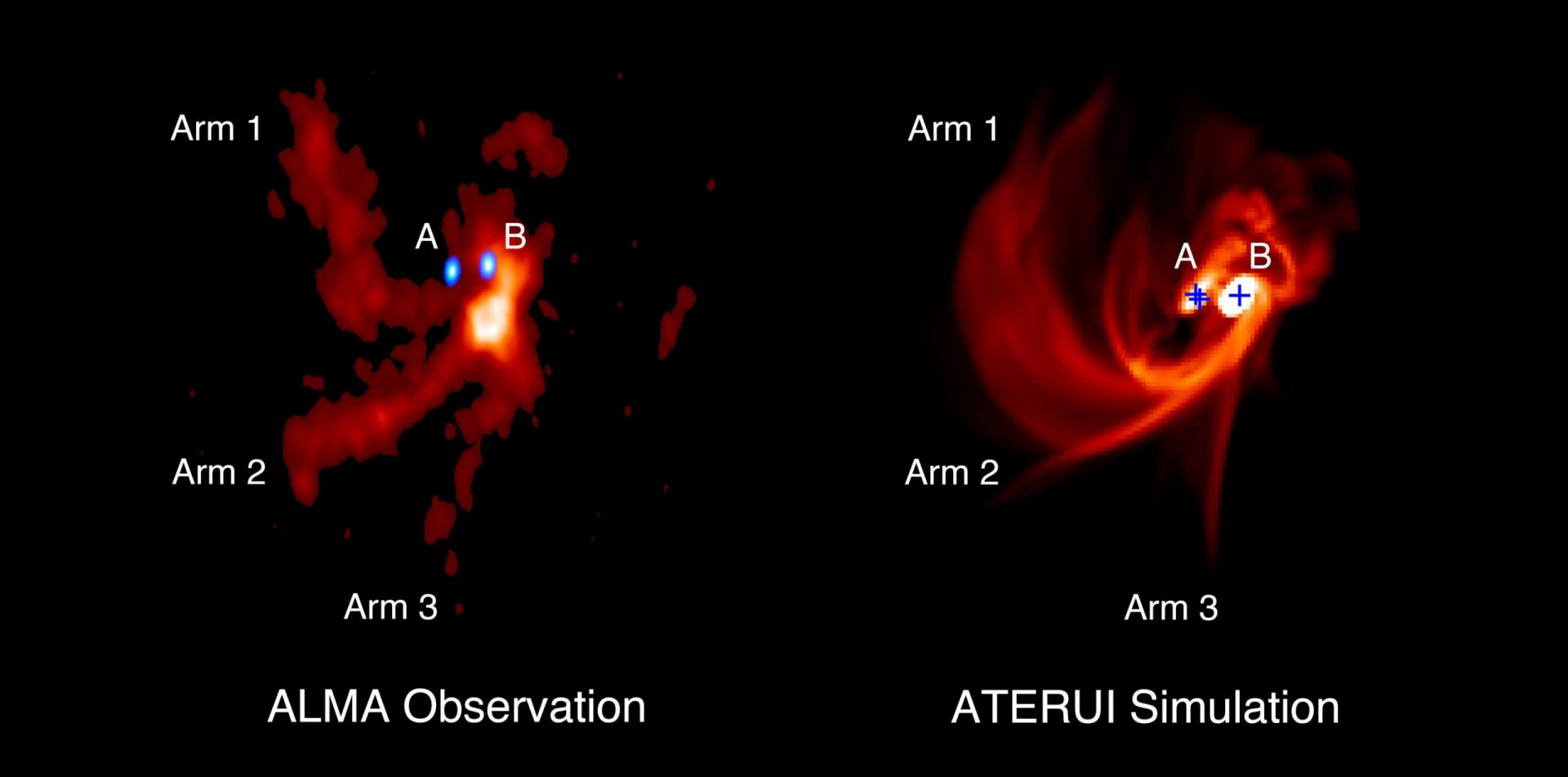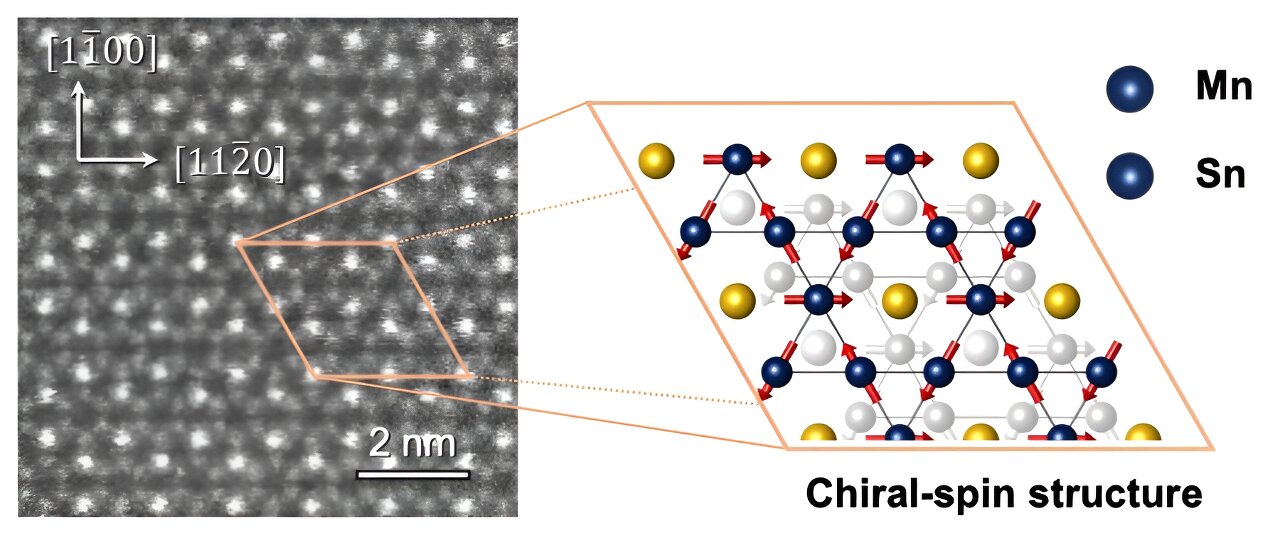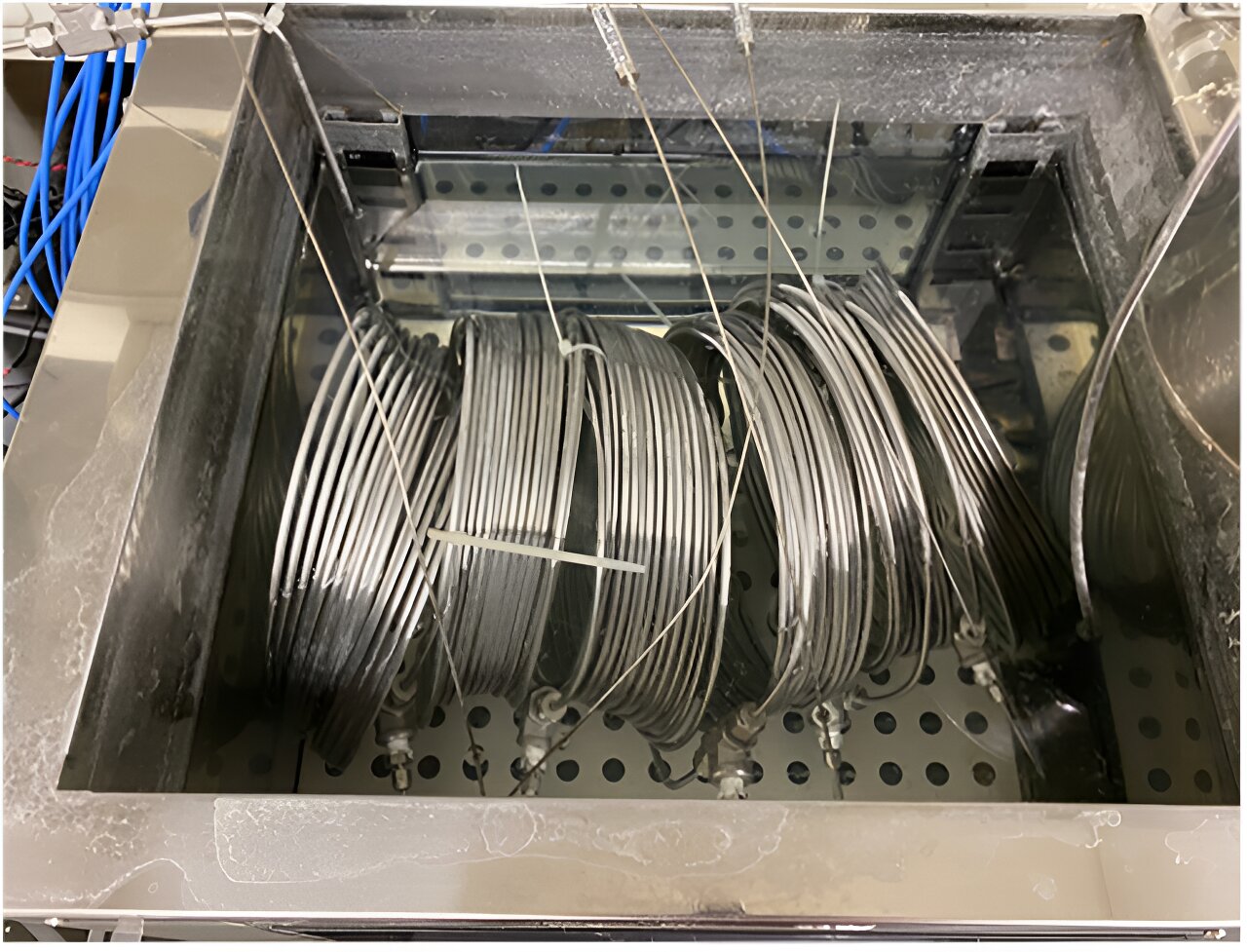Exciting New Discovery: How Multi-Star Systems Form
Most stars, including our sun, are part of multi-star systems. Understanding how these systems form is crucial to our overall understanding of star formation. However, until now, astronomers have lacked the necessary data to fully comprehend the process.
Recent observations of protostars have revealed the presence of gas flow structures known as “streamers,” but their origin has remained a mystery.
Now, an international team led by Professor Jeong-Eun Lee from Seoul National University has used the Atacama Large Millimeter/submillimeter Array (ALMA) to observe a trinary protostar system called IRAS 04239+2436. Located 460 light-years away in the constellation Taurus, this system has provided valuable insights.
The team discovered that three spiral arms of gas surround the three protostars forming in the system. These spiral arms, as revealed by emissions from sulfur monoxide (SO) molecules, are actually streamers that feed material to the protostars.
Further simulations conducted by Professor Tomoaki Matsumoto from Hosei University, using the supercomputers ATERUI and ATERUI II at the National Astronomical Observatory of Japan (NAOJ), confirmed that these spiral arms are indeed streamers that provide nourishment to the growing protostars at the center.
This groundbreaking combination of observations and simulations has finally shed light on the formation of multi-star systems and the role of streamers in their growth.








